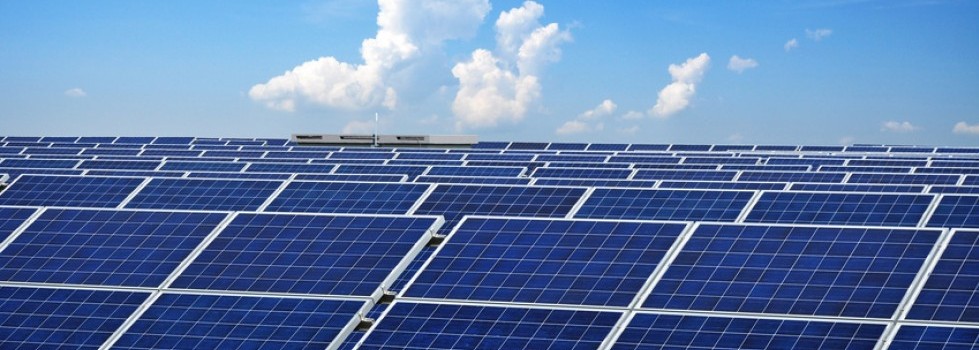In 1839, a French physicist named Alexandre Edmond Becquerel discovered that certain materials create electric current when exposed to sunlight. That discovery eventually led to the construction of photovoltaic solar cells. The technology got a huge push forward during the 1950s as NASA sought energy sources that could be used effectively in space. Silicon, a material found in sand, was found to be an effective conduit for solar cells. By the 1970s, solar cells were being assembled within solar panels, connected in an array and used on the rooftops of buildings to provide electrical power.
Solar Cell Efficiency Ratings
Solar cells are rated by the panel’s efficiency, calculating the percentage of the sun’s energy that is converted into electricity. Efficiency ratings are tested for accuracy in two ways. Solar cell manufacturers test cells under standard testing conditions (STC), using specific industry-standard calculations with parameters that include the angle of the sunlight, air mass and cell temperatures. While the parameters for photovoltaic USA test conditions (PTC) ratings are similar, the tests are conducted by third parties, using real world environments and are therefore considered more accurate.
Solar Cell Advancements
The first solar cell, built in 1883, had an efficiency rating of only one percent. Efficiency ratings for solar cells used today in residential and commercial photovoltaic systems have efficiency rates that range from 10 percent to 19 percent. In the laboratory, solar cells have been tested with much higher efficiencies. In 1993, the Solar Energy Research Facility in the National Renewable Energy Laboratory (NREL) was established. In 2008, the NREL produced a solar cell with a record 40.8 efficiency rating.
Improvements in technology are not only making solar cells more efficient but cheaper to manufacture as well. The price of solar modules decreased 12 percent in 2011. Current technologies being developed include machines that can cut silicon wafers to a 20-micron thickness, potentially cutting the cost of manufacturing solar cells in half, and processes that use molten silicon to form solar cells, further reducing the cost of manufacturing photovoltaics.

